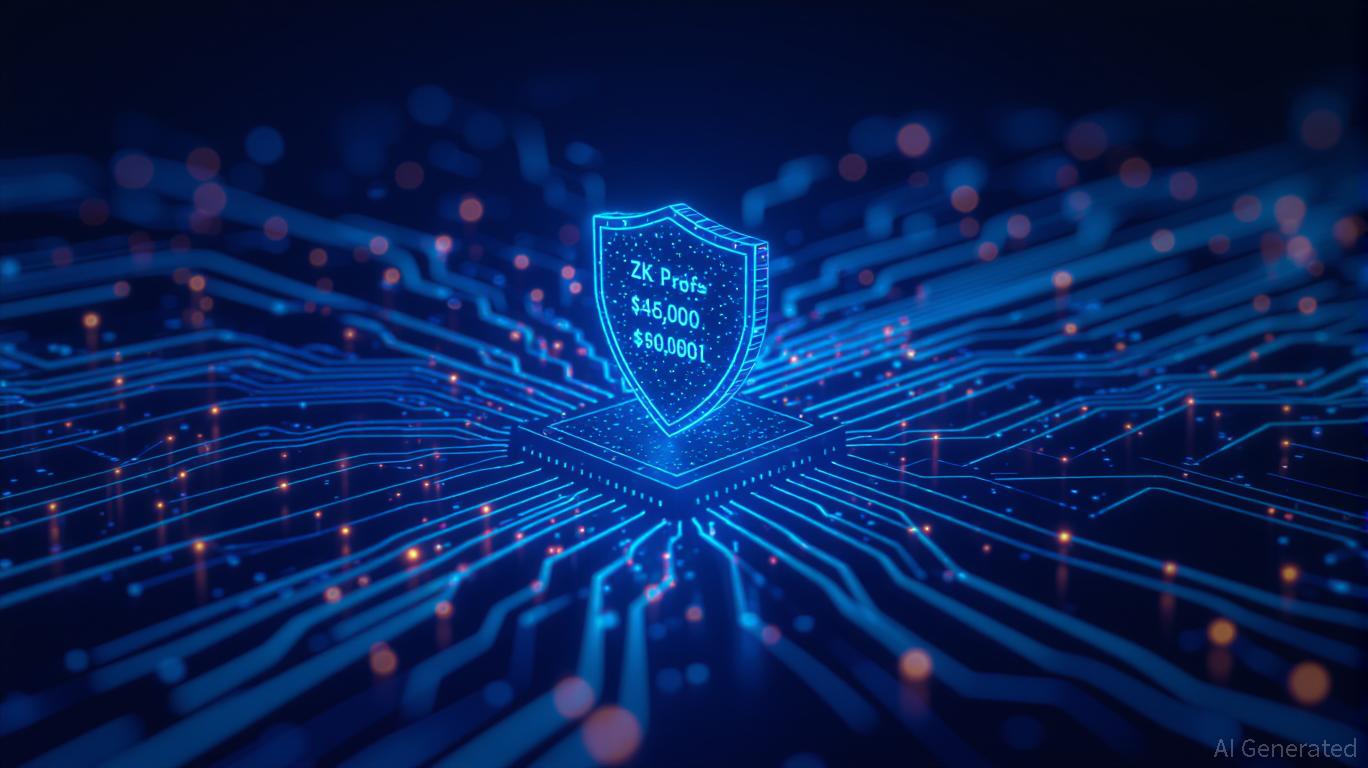SEC's Token Classification Seeks to Harmonize Innovation with Safeguarding Investors
- The SEC proposes a token taxonomy under the Howey Test to classify digital assets as securities or non-securities, reshaping crypto regulation. - The framework categorizes tokens into four tiers, including securities, digital commodities, collectibles, and tools, with exemptions for non-SEC-regulated platforms. - It aligns with the Digital Asset Market Structure Bill, which assigns major cryptocurrencies to CFTC oversight and mandates exchange function separation. - The SEC emphasizes strict enforcement
The U.S. Securities and Exchange Commission (SEC) is moving forward with efforts to create a "token taxonomy" based on the Howey Test, with the goal of clarifying which digital assets are considered securities and which are not subject to its oversight. During a speech at the Federal Reserve Bank of Philadelphia's Fintech Conference on November 12, SEC Chairman Paul Atkins introduced a four-level classification system intended to separate securities tokens from non-securities tokens—a development that could significantly impact crypto regulation, as
Atkins explained that the taxonomy would sort tokens into several categories: digital commodities or network tokens linked to decentralized platforms, digital collectibles such as art or in-game assets, digital utilities like memberships or event tickets, and tokenized securities that represent financial stakes. Only the last group—tokens that function as investment contracts—would continue to fall under securities laws, while the rest would be exempt, according to a
An important feature of the plan is the acknowledgment that tokens initially sold as securities might lose that status as projects become more decentralized and the issuer's involvement decreases.

The proposed framework also provides exceptions for certain tokens, permitting them to be traded on platforms regulated by the Commodity Futures Trading Commission (CFTC) or by state authorities, rather than limiting them to SEC-supervised exchanges. Atkins maintained that this would encourage technological advancement while still protecting investors. "We shouldn't restrict innovation and investor options by forcing assets to trade only in a single regulatory setting," he stated, according to a
This initiative works alongside broader legislative measures in Congress, such as the Digital Asset Market Structure Bill, which aims to clearly define the regulatory responsibilities of the SEC and CFTC. The bill, which is currently under consideration in both the Senate and House, would designate leading cryptocurrencies like
Atkins made it clear that the taxonomy does not indicate a relaxation of enforcement. He warned that fraudulent activities and market manipulation would continue to be met with strict consequences, reaffirming the SEC's dedication to "integrity and clarity" in the digital asset sector, as mentioned in a
Industry participants have responded positively, viewing the move as progress toward clearer regulations. By introducing a well-defined framework, the SEC seeks to strike a balance between fostering innovation and safeguarding investors—a challenge that has been central to crypto regulation from the start. The adoption of this taxonomy could also set a precedent for international standards, as other countries face similar classification challenges.
Disclaimer: The content of this article solely reflects the author's opinion and does not represent the platform in any capacity. This article is not intended to serve as a reference for making investment decisions.
You may also like
Hyperliquid News Update: Significant Leverage, Limited Liquidity: POPCAT's $5 Million DeFi Breach
- Hyperliquid suffered a $4.9M loss after a trader manipulated Solana-based memecoin POPCAT through leveraged long positions and a sudden price crash. - The attacker used $3M in USDC from OKX to create a $20–30M leveraged position, inflating POPCAT’s price before triggering cascading liquidations. - Hyperliquid paused its Arbitrum bridge to stabilize the platform, highlighting vulnerabilities in DeFi’s automated liquidation systems and low-liquidity markets. - Experts warn such attacks expose DeFi risks, u

Vitalik Buterin's Advances in Zero-Knowledge Technology and the Prospects for Blockchain Scalability: An Investment Outlook for 2025
- Vitalik Buterin's GKR protocol breakthrough reduces ZK verification costs by 10-15x, enabling 43,000 TPS on ZKsync with near-zero fees. - ZK Layer 2 market grows at 60.7% CAGR to $90B by 2031, driven by Ethereum's "Lean Ethereum" optimizations and institutional adoption. - ZKsync, StarkNet, and Immutable lead DeFi/gaming expansion, but face regulatory risks (Zcash scrutiny) and technical barriers to mass adoption. - Investors must balance ZK's scalability potential with execution risks, regulatory uncert

Vitalik Buterin Supports ZKsync and the Advancement of Scalable Blockchain Technology
- Vitalik Buterin endorsed ZKsync's Atlas upgrade, boosting its market profile as Ethereum's scalability solution. - ZKsync now achieves 15,000 TPS, 1-second finality, and real-time Ethereum liquidity access, outperforming Layer-2 rivals. - The ZK token surged 50% post-endorsement, with growing institutional adoption and RWA integration as key drivers. - ZKsync's zero-knowledge proofs and decentralized governance model position it as a leader in secure, scalable blockchain infrastructure.

Bitcoin News Update: Clearer Regulations and Growing Institutional Interest Propel Crypto Market to $2.4 Trillion as Industry Evolves
- U.S. crypto market surges to $2.4T as institutional adoption, regulatory clarity, and macro optimism drive gains. - Bitcoin and Ethereum rebound post-government shutdown, with crypto-linked stocks like SBET and GLXY rising 3-5% pre-market. - Regulatory frameworks like CLARITY Act and Project Crypto aim to resolve ambiguity, boosting institutional confidence. - Analysts caution volatility risks despite ETF inflows and blockchain adoption milestones, urging diversified long-term strategies.